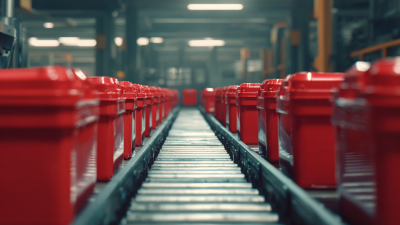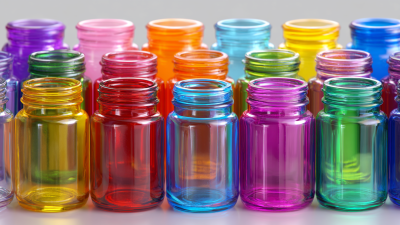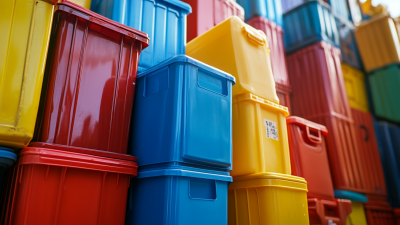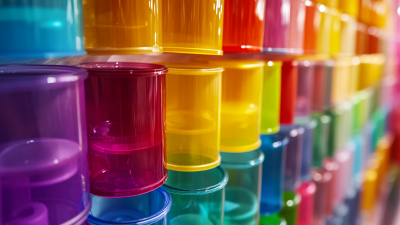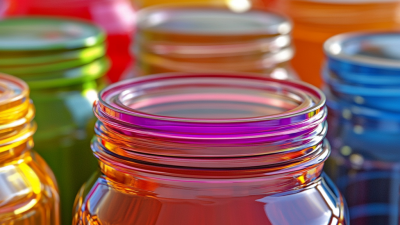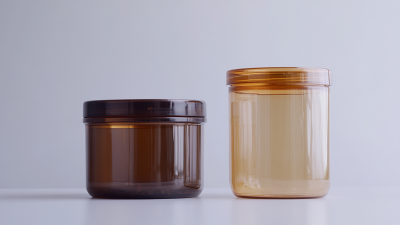In the contemporary landscape of storage solutions, Plastic Jar Containers have emerged as indispensable tools that seamlessly blend convenience with versatility. According to a report by Grand View Research, the global plastic packaging market is expected to reach USD 650 billion by 2025, driven in part by the increasing adoption of plastic containers across various sectors. These jars not only provide practical benefits, such as air-tight seals and lightweight designs, but also cater to a variety of applications, from food preservation to hobby storage. Moreover, a survey conducted by the Packaging Association highlighted that 85% of consumers prefer recyclable packaging, further amplifying the appeal of Plastic Jar Containers given their potential for sustainability. As we delve into the myriad ways these containers enhance everyday life, it becomes evident that their advantages extend far beyond mere functionality.
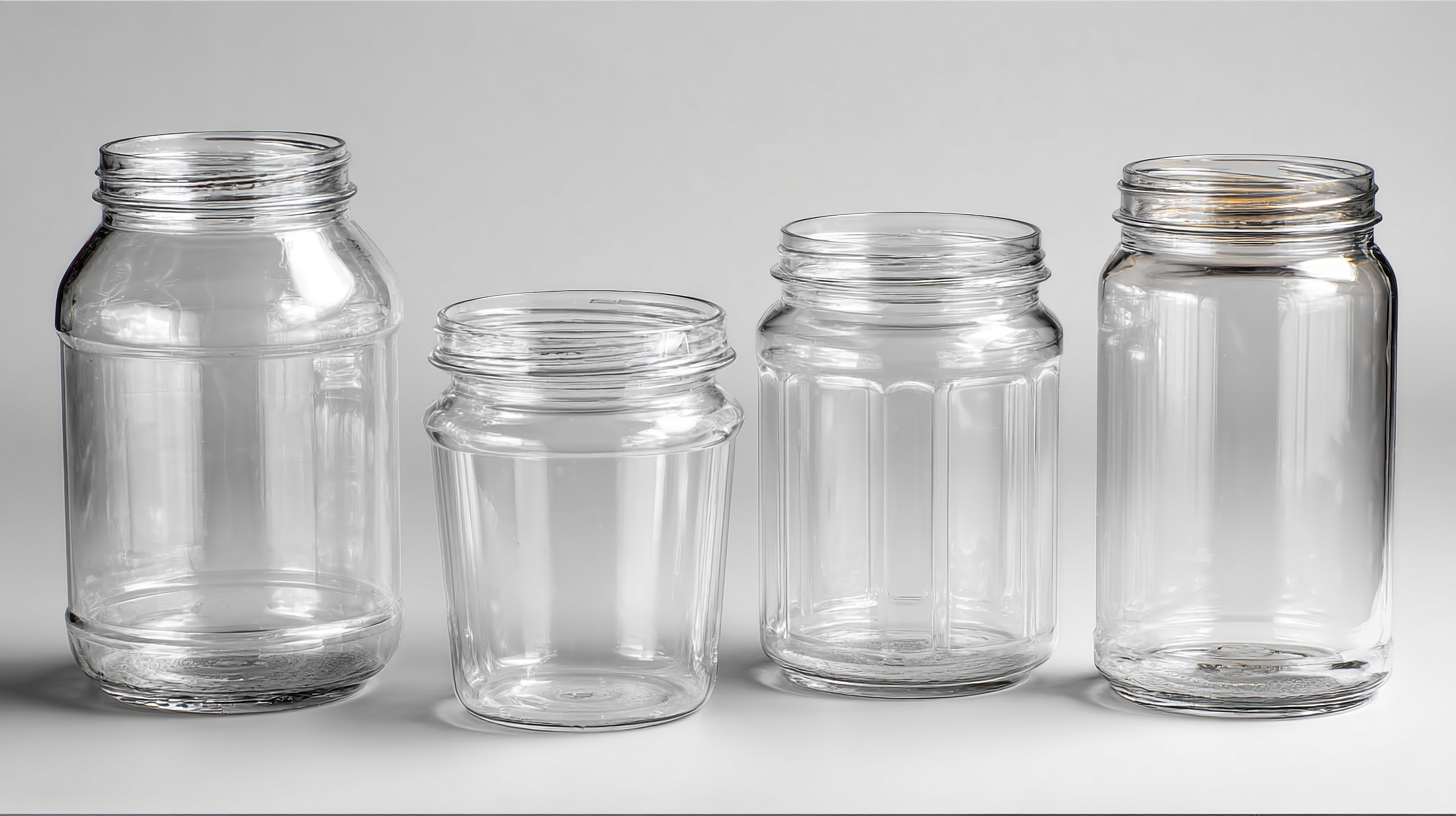
Plastic jar containers are rapidly becoming an essential component of everyday storage solutions, thanks to their versatility and durability. According to a report by Grand View Research, the global plastic container market is expected to reach $400 billion by 2025, driven by increasing consumer preference for lightweight and durable packaging options. This trend highlights the practicality of plastic jar containers in homes, where they serve various purposes ranging from food storage to organization of household items.
In addition to their lightweight nature, plastic jars are remarkably easy to clean and reuse. For instance, they are often dishwasher-safe, allowing for quick maintenance and reducing the need for disposable containers. Furthermore, many plastic jars come with airtight seals, which can significantly extend the shelf life of food items, reducing waste. A recent study from the EPA indicates that up to 30% of food waste in the U.S. is attributed to inadequate storage solutions; thus, utilizing plastic jars can be a simple remedy to this ongoing issue.
Tips for Using Plastic Jar Containers:
Plastic jar containers are not just for storing food; they can be incredibly versatile tools for home organization. One creative way to repurpose them is by transforming jars into stylish storage solutions for small items. For example, you can use them to organize crafting supplies, such as buttons, beads, and ribbons. By labeling the jars, you create an accessible and visually pleasing display that enhances your creative workspace.
Another innovative use for plastic jars is as a bathroom organizer. These containers can be an excellent way to store cotton balls, swabs, and other toiletries. Simply clean and decorate the jars to match your bathroom decor. Additionally, you could stack smaller jars for a tiered effect, making it easy to access daily essentials while keeping your space tidy. With a little imagination, plastic jar containers can be effortlessly incorporated into various rooms, providing both functionality and flair.
When it comes to food preservation, plastic jar containers offer unparalleled versatility that can significantly enhance the longevity and freshness of various edibles. These lightweight, durable jars are designed to create an airtight seal, effectively keeping moisture and air at bay, which are two key factors that contribute to food spoilage. Whether you’re storing homemade sauces, pickled vegetables, or even dry goods like grains and pasta, the ability to see the contents through transparent plastic allows for easy identification and accessibility.
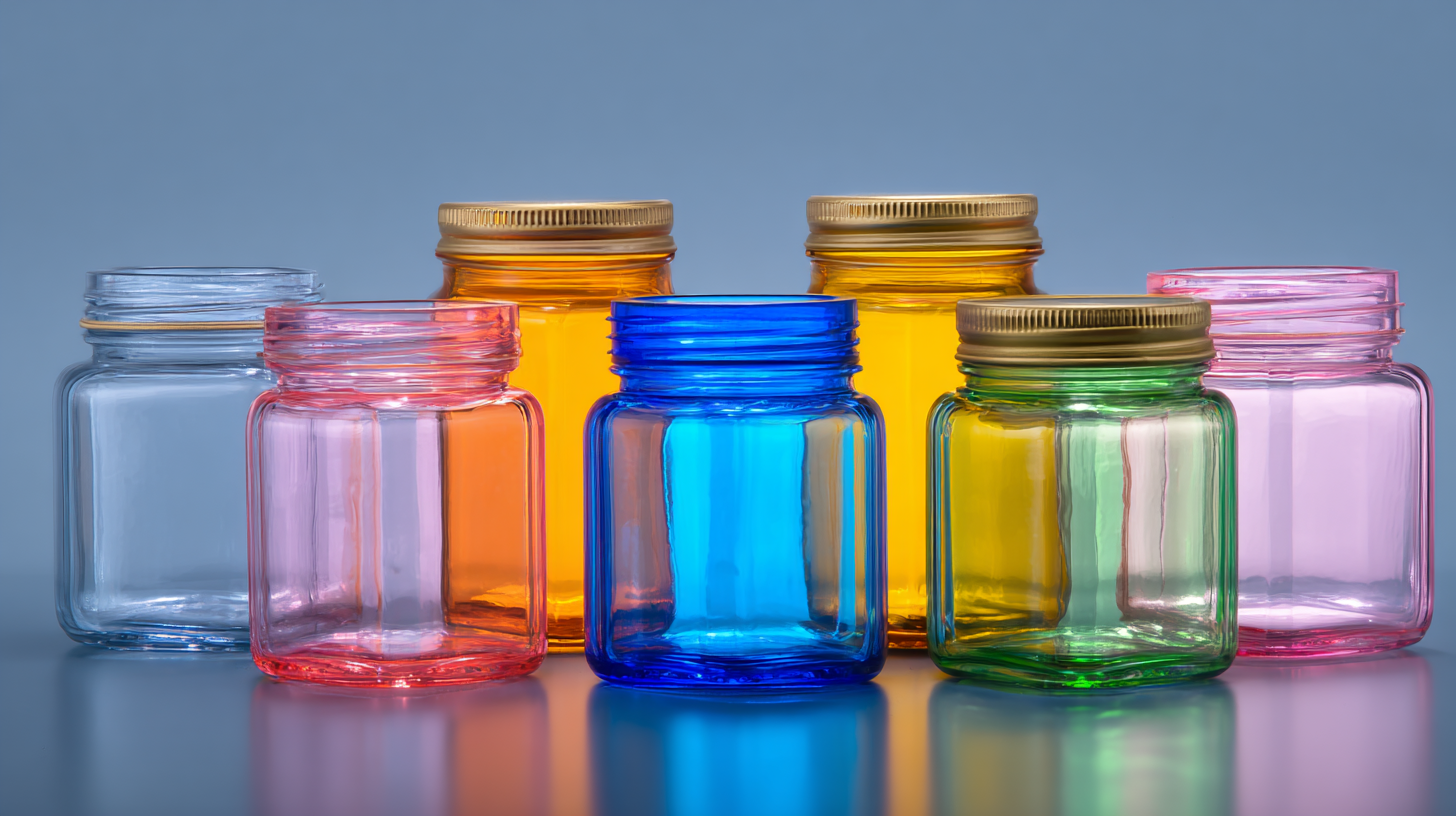
Moreover, plastic jar containers are not only practical for food storage but also incredibly user-friendly. They are often designed with wide mouths for easy filling and cleaning, while their stackable nature saves valuable pantry space. With options available in various sizes, these jars can accommodate anything from small snacks to large meal prep portions, catering to individual needs effortlessly. By incorporating plastic jars into daily kitchen routines, one can maximize food preservation efforts and minimize waste, transforming the way we think about storage and organization in everyday life.
Plastic jar containers have become an integral part of our daily lives, not only for their practicality but also for their potential in promoting eco-conscious habits. One of the most effective ways to make use of these containers is through recycling and reusing. Instead of discarding empty jars, individuals can repurpose them for a variety of uses, from storage solutions in the kitchen to DIY projects and organization tools in other areas of the home. This simple act of reusing not only reduces waste but also encourages creativity, allowing people to find new ways to utilize items they already own.
Recycling plastic jars plays a crucial role in minimizing environmental impact. Many communities have recycling programs that specifically accept plastic jars, ensuring that these materials do not end up in landfills. By participating in these programs, individuals contribute to a circular economy where plastic is continuously reused, transformed, and reintegrated into production cycles. Furthermore, choosing products packaged in recyclable materials can influence manufacturers to adopt more sustainable practices, ultimately leading to a reduction in plastic pollution. Embracing plastic jar containers as a part of daily life can spark a shift towards more eco-friendly habits, promoting a healthier planet for future generations.
This chart illustrates the various benefits of using plastic jar containers, highlighting their versatility and eco-friendliness.
When it comes to storage solutions in our daily lives, plastic jars present a budget-friendly alternative to glass containers. Recent market research indicates that the global plastic packaging market is projected to reach USD 600 billion by 2027, with jars being a significant segment of this growth. The affordability of plastic materials, coupled with their lightweight nature, allows consumers to save considerably on shipping and handling costs, making them an attractive option for families and businesses alike.
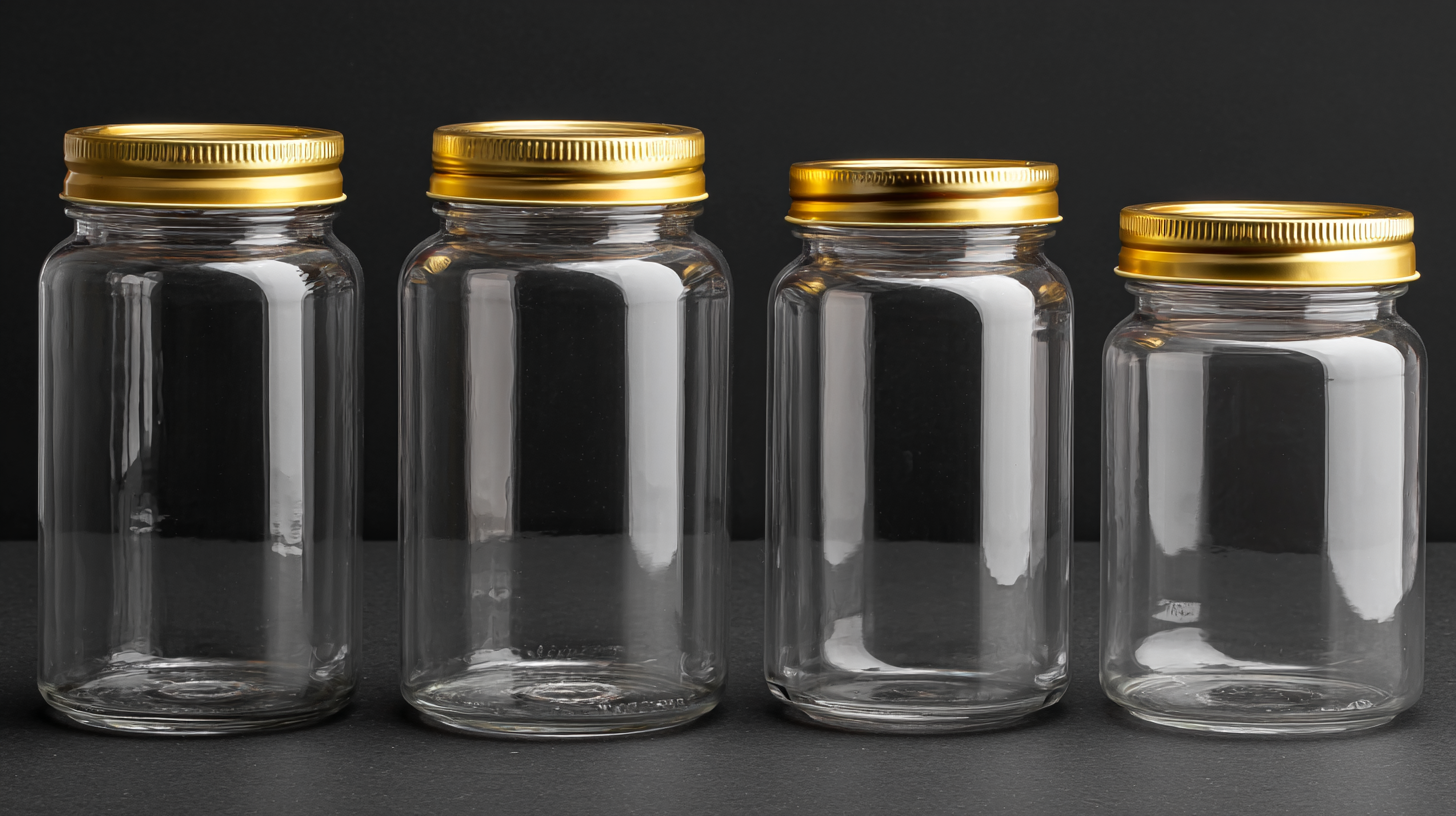
Moreover, plastic jars provide a range of functional benefits that enhance their cost-effectiveness. According to a report by the Plastics Industry Association, nearly 80% of consumers cite durability as a crucial factor in their purchasing decisions. Unlike glass, which is prone to breakage, plastic jars are resistant to shattering, reducing the need for replacements and minimizing safety risks, especially in homes with children.
Additionally, their versatile designs fit various purposes—storage for dry goods, organization for crafts, or even for DIY projects—making them a worthwhile investment. Ultimately, the financial advantages intertwined with the practical benefits of plastic jars solidify their status as a staple in everyday life.
